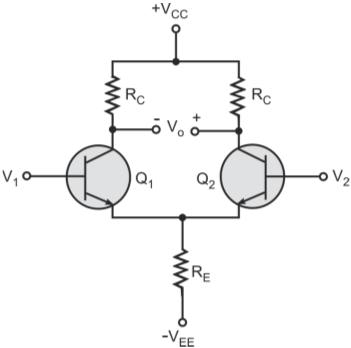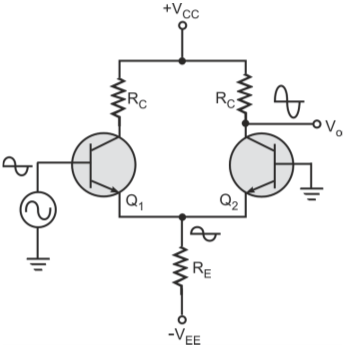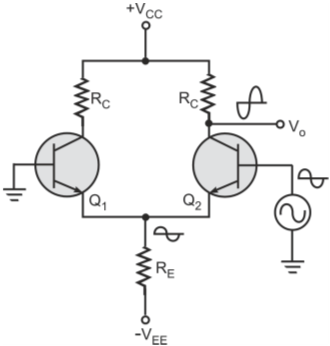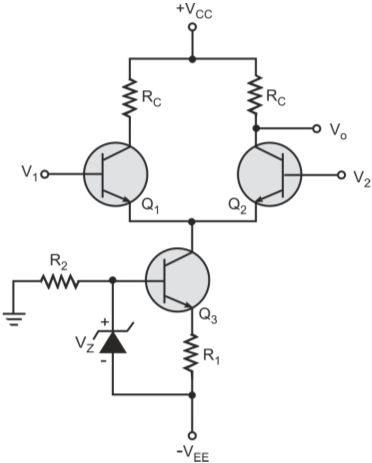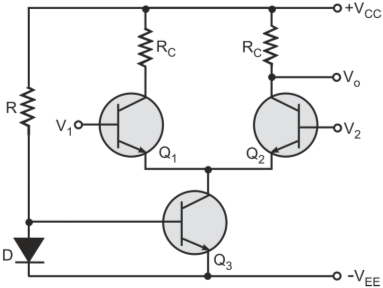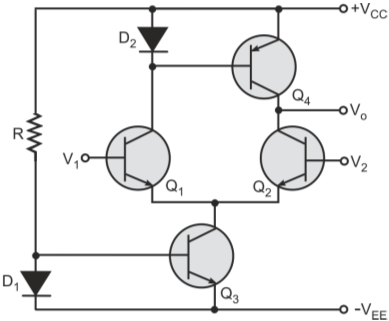Differential amplifier is an amplifier whose output is proportional to the difference between the two input signals.
Discover, Learn and Innovate
Your Trusted Online Resource for Electronics
Share on Social Media
Popular Post
Popular Post
© Electronicspedia All Rights Reserved | Designed by Aarohan Research Lab
